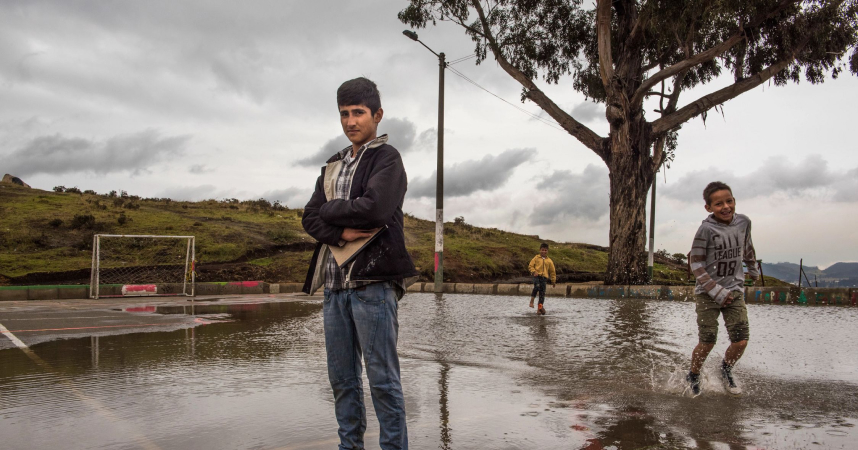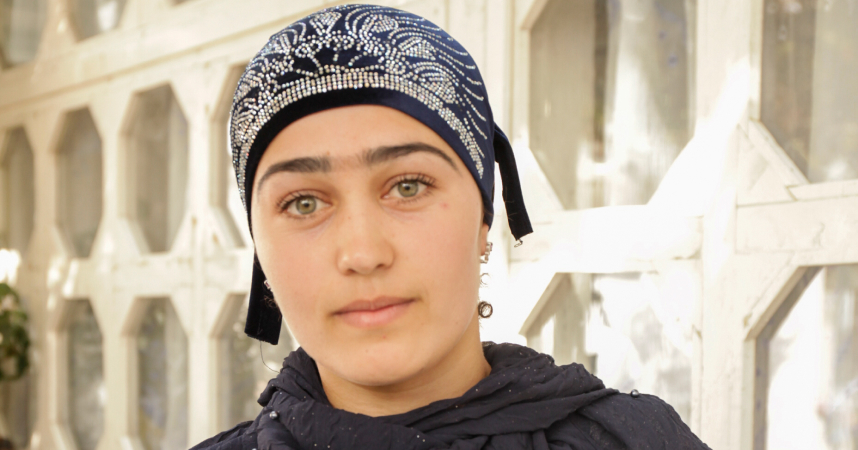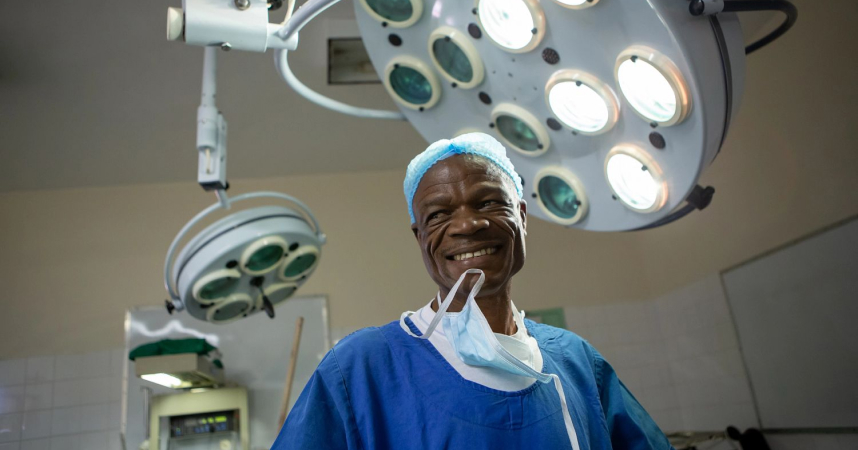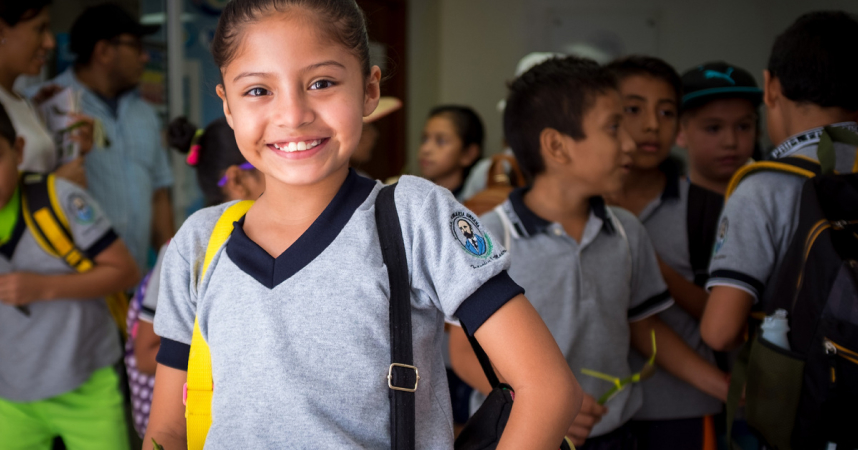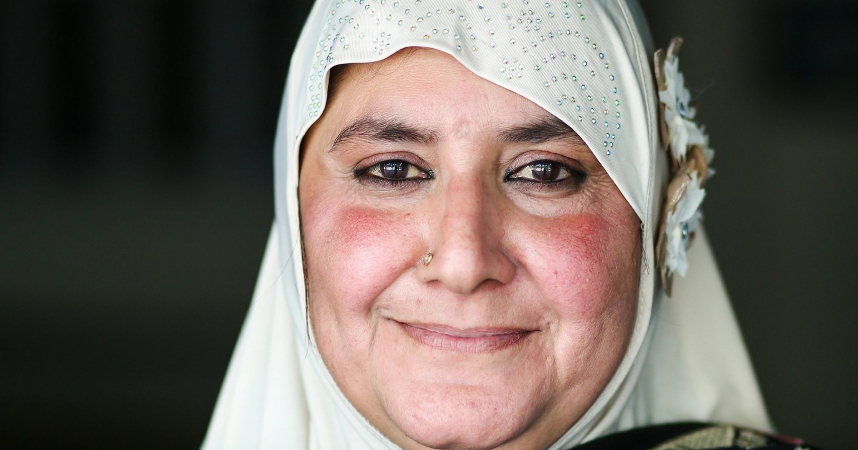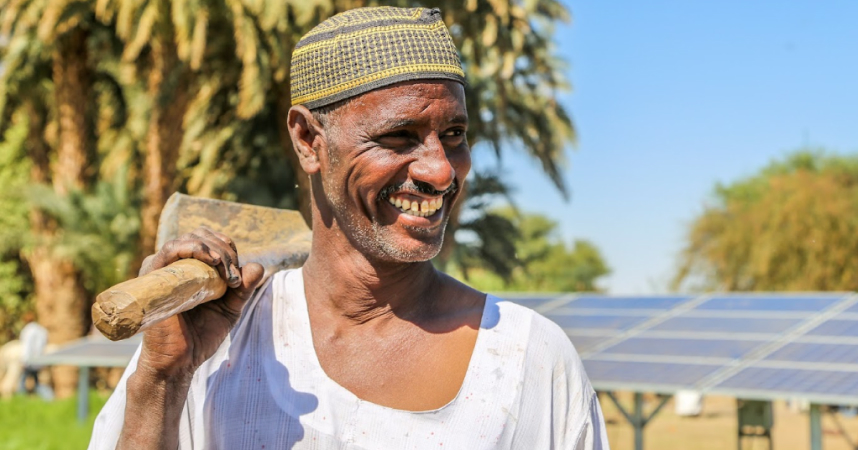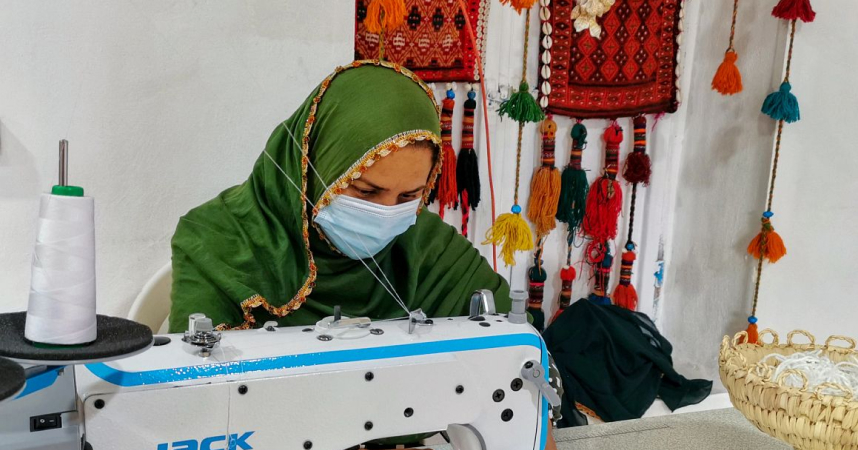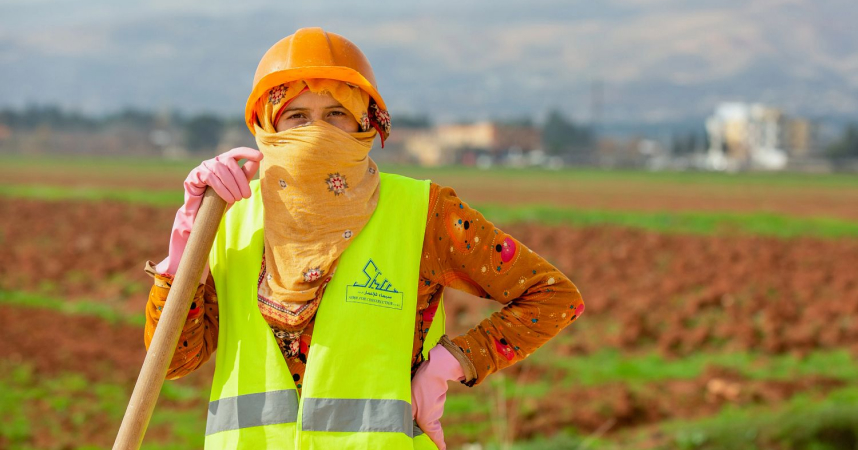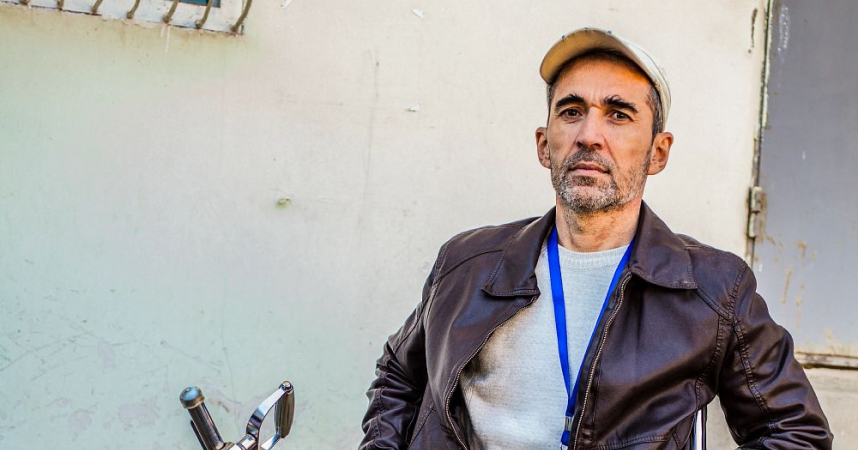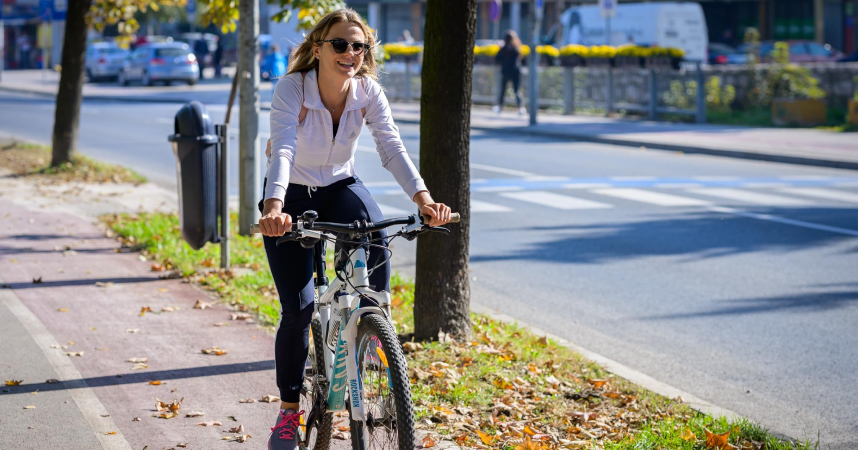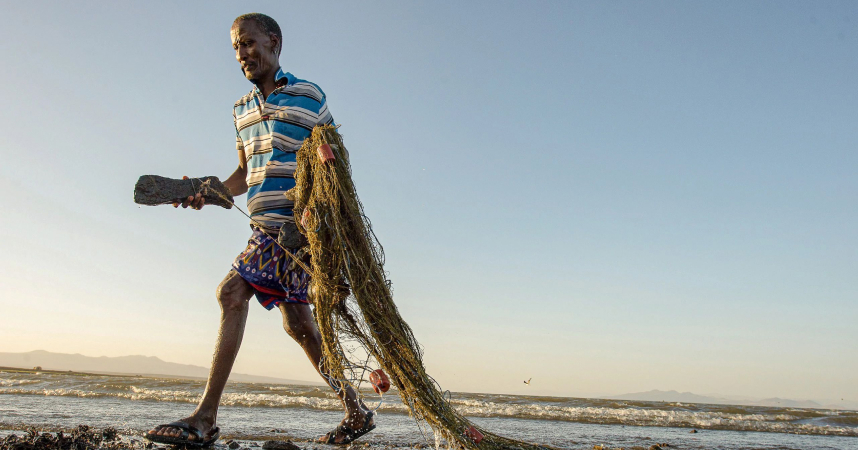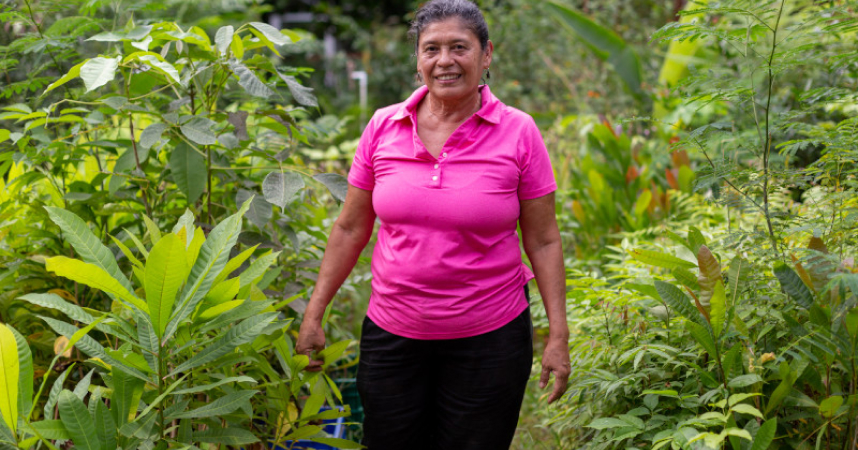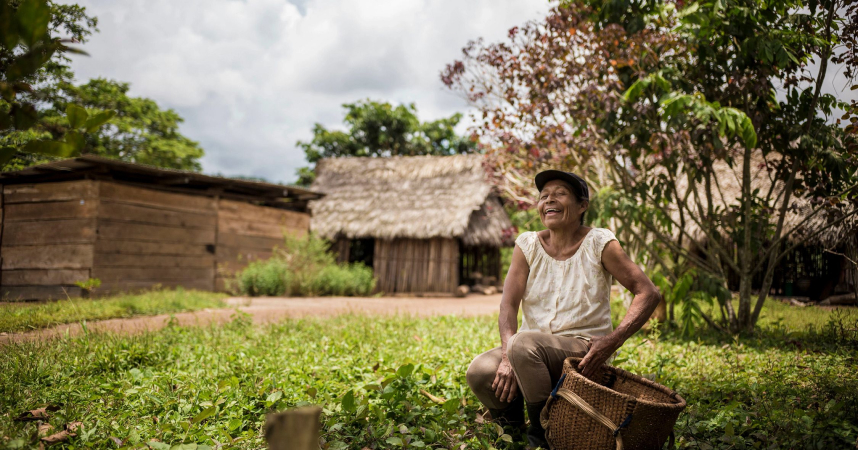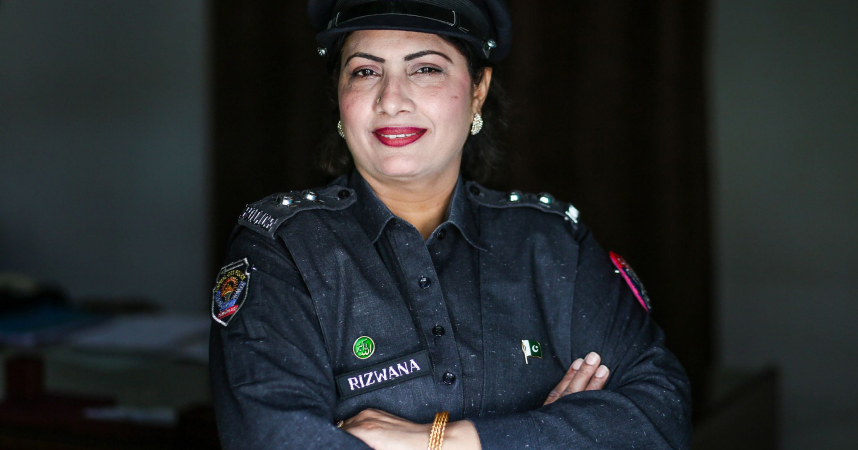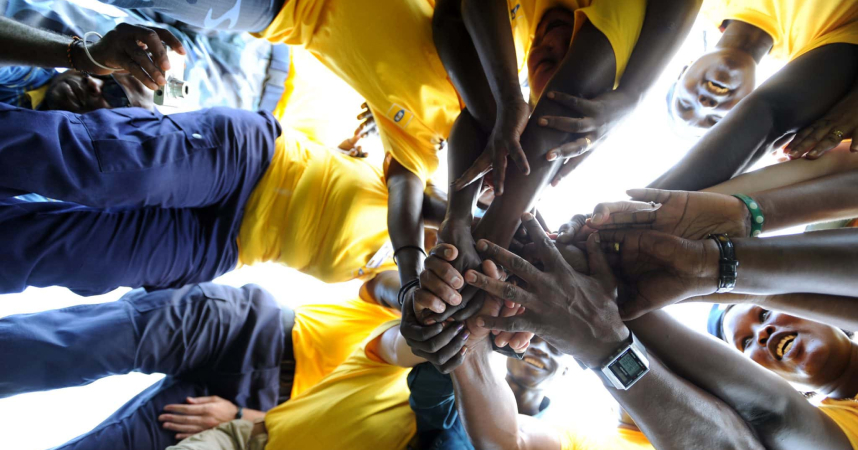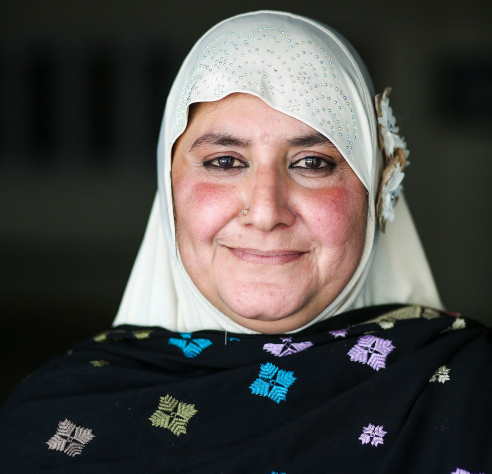Goal 4: Quality education
Inclusive and equitable learning opportunities for all
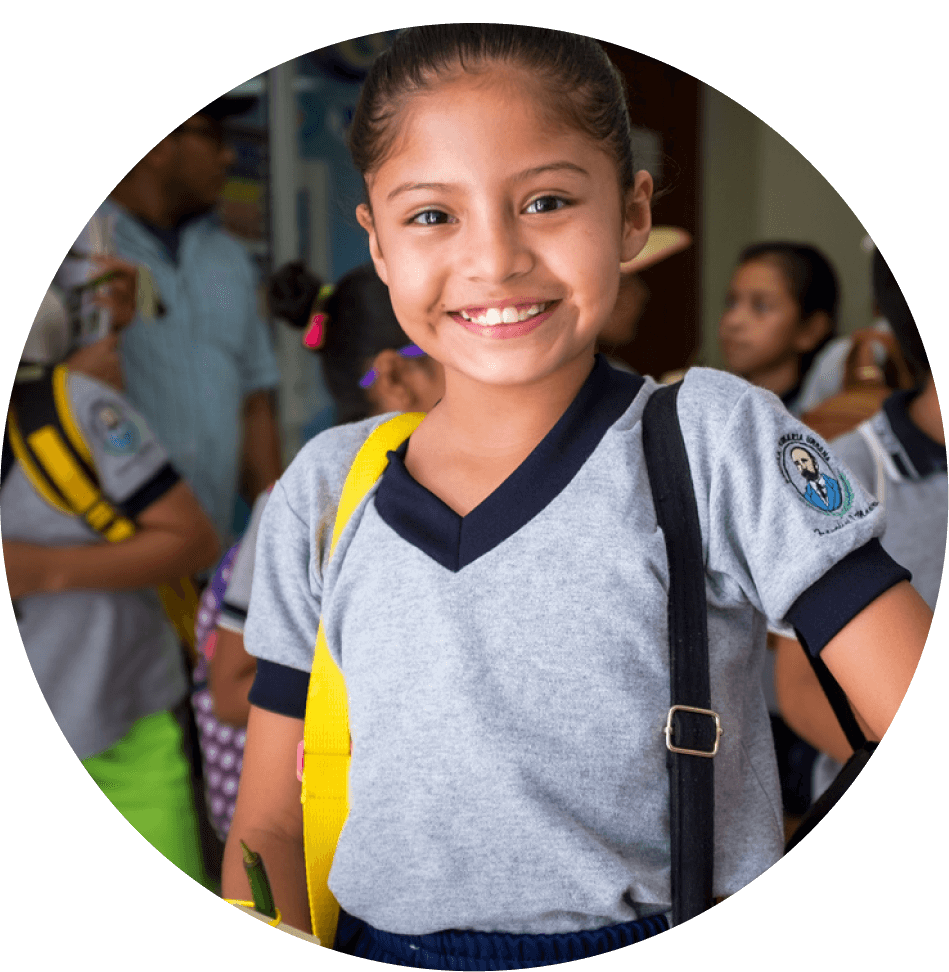
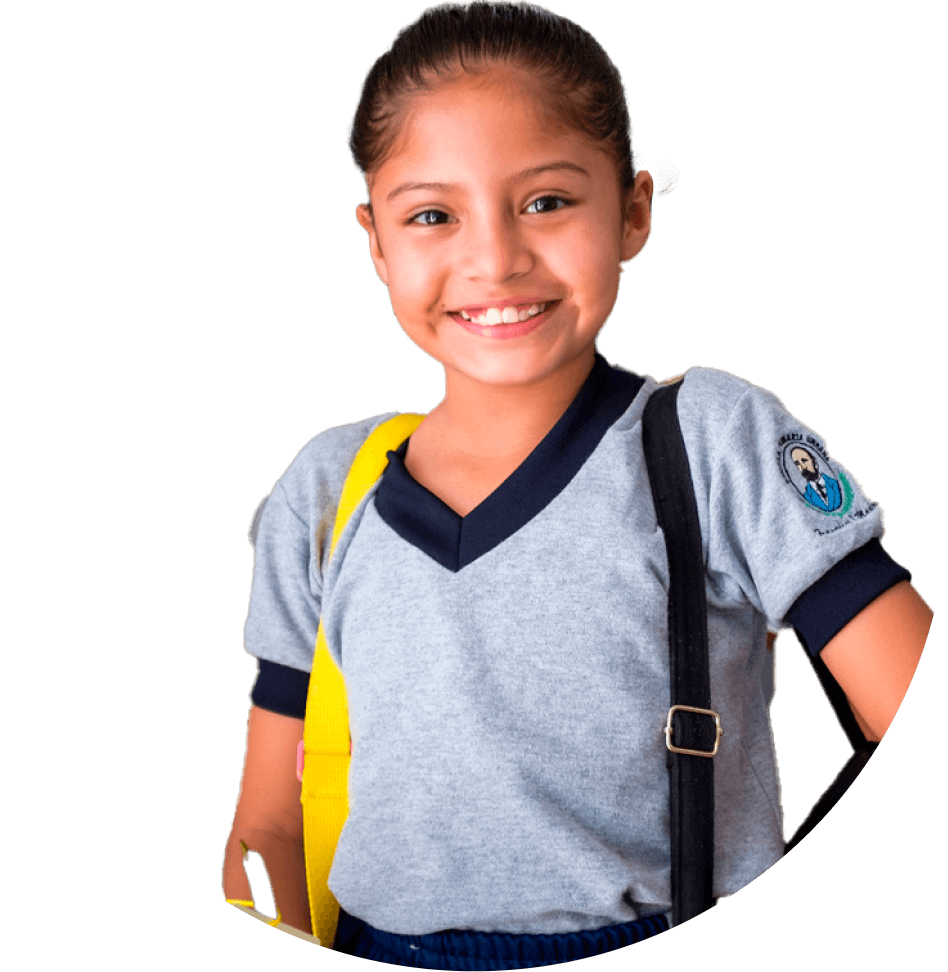

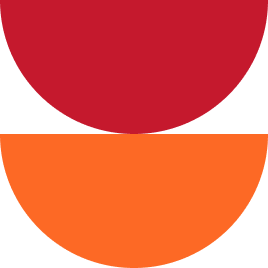



In a study of 104 countries, four out of five experienced learning losses due to COVID-related school closures.

Since 2015, school completion rates across primary, lower secondary and upper secondary education have all improved, and more girls are in school than ever before. However, analysis of reading levels at the end of primary school revealed no improvement between 2015 and 2019. Participation in organized learning before primary school has remained stagnant at around 75 percent since 2015.
2020
a significant proportion of primary schools did not have basic needs like electricity, drinking water and sanitation facilities. And over 14 percent of teachers were unqualified according to national norms, a figure that has shown only minimal improvement since 2015.
To deliver on Goal 4, education funding must be prioritized, including for constructing and upgrading schools, and increasing the number and quality of teachers.


Countries should consider making education free and compulsory and increase focus on early childhood education, development of relevant skills among youth and adults, and eliminating gender disparities.
Learning for life
“Learning remains essential, no matter what age you are,” writes Generation17 young leader Mock Yi Jun.
In 2016, Mock co-founded Advisory Singapore, a youth-led charity dedicated to empowering young people to make informed career and education choices. Since then, the organization has supported more than 200,000 youth through its online resources, industry panels and in-school education and career guidance programmes.
Mock Yi Jun is one of the newest members of Generation17, a UNDP-Samsung partnership to amplify the voices, stories and ingenuity of young people who are driving progress on the SDGs.

Photo credits
-
UNDP Mexico
-
UNDP Ukraine/ Oleksii Ushakov

